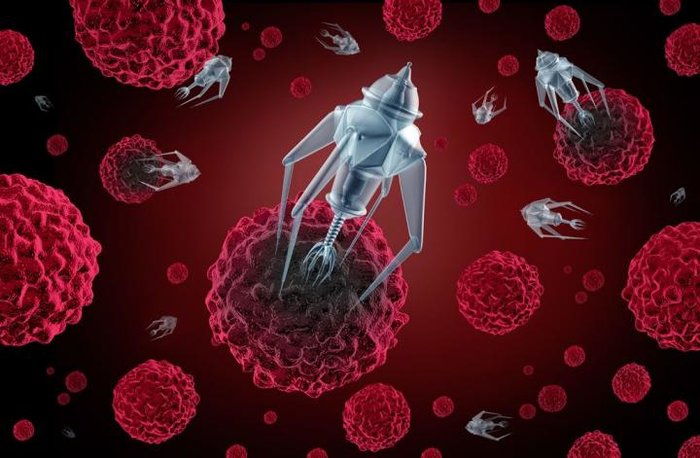The prototype device is made of tiny charged particles of gold, bound together with temperature-responsive polymers in the form of a gel.
When the tiny engine is heated to a certain temperature with a laser, it stores large amounts of elastic energy in a fraction of a second, as the polymer coatings expel all the water from the gel and collapse.
This has the effect of forcing the gold nanoparticles to bind together into tight clusters. When the device is cooled, the polymers take on water and expand, and the gold nanoparticles are strongly and quickly pushed apart, like a spring.
"We know that light can heat up water to power steam engines," said Dr. Ventsislav Valev, co-author of the study published in the journal PNAS earlier on Monday and now based at the University of Bath. "Now we can use light to power a piston engine at the nanoscale."
Professor Jeremy Baumberg from the Cavendish Laboratory at the University of Cambridge, who led the research, has named the devices `ANTs`, or actuating nano-transducers.
"Like real ants, they produce large forces for their weight. The challenge we now face is how to control that force for nano-machinery applications," he said in a statement.
More about:
















































